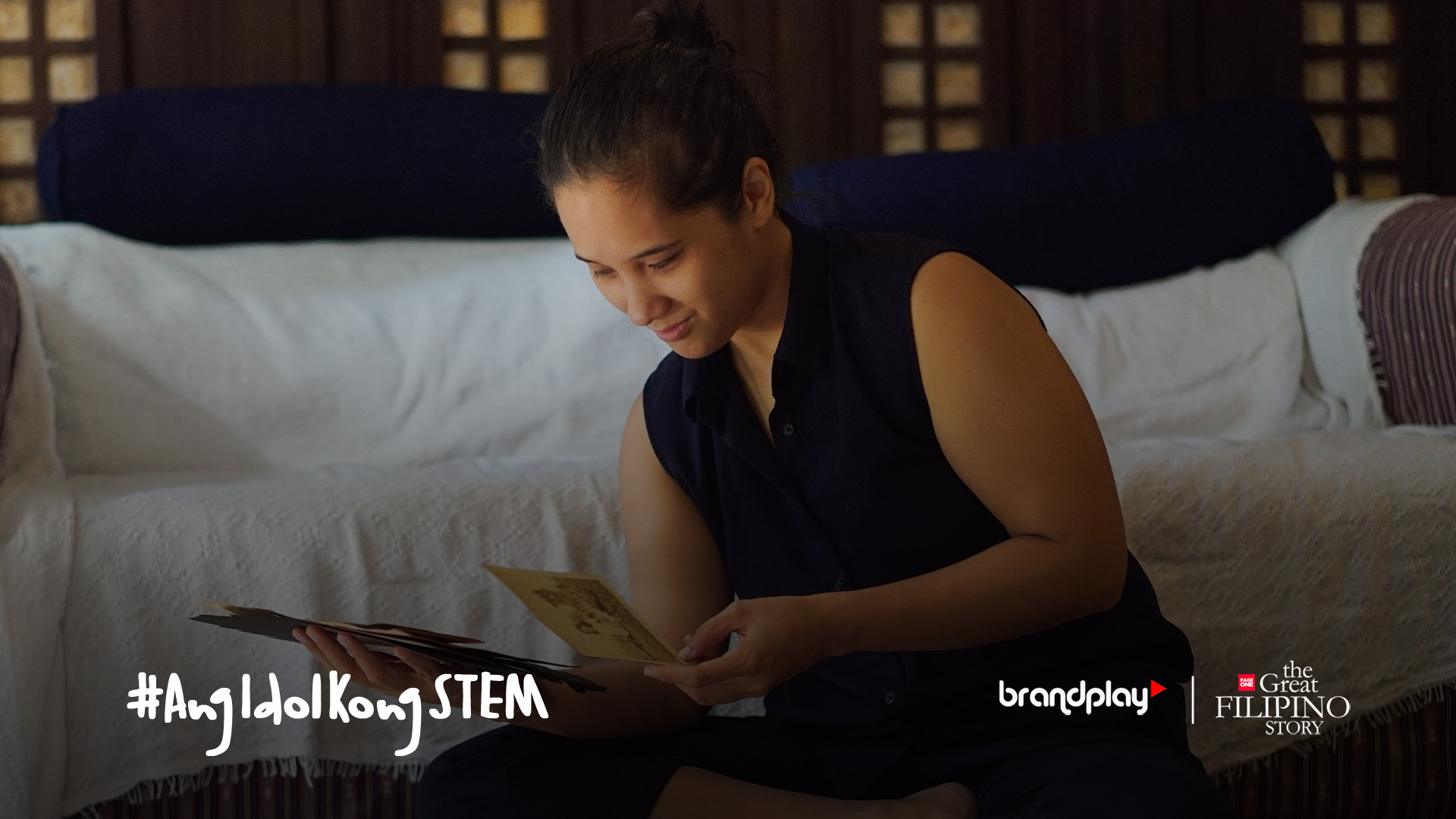Llenel “Ellie” De Castro’s path to becoming a scientist was not a conventional one. Like many students from the Philippine Science High School (PhiSci), she was bound by a contract to pursue a science course in college. She initially enrolled in the Integrated Liberal Arts and Medicine (INTARMED) program at UP Manila, a fast-tracked medical course. However, after four years, Ellie made the bold decision to leave, despite having completed her undergraduate requirements.

“Now, pagpasok ko ng college, nakapasok ako sa intermed… a shortened medical program. And then I did 4 years, and then I quit,” Ellie candidly shares. “I don’t think na sayang siya… hindi ko naman hindi ginagamit yung stuff na natutunan ko, like yung science training na natutunan ko ay ginagamit ko parin naman, just in a different setting.”

Ellie’s pivot from medicine to archaeology was driven by a lifelong love for history and social sciences—subjects she would stay up late studying as a child. Despite pressure to stay in a “science-focused” field, Ellie found a way to merge her scientific background with her passion for the past. “For me, archaeology is a way to do both… to use the science skills to study history, to study our past, to study our culture.”
Her work in archaeology goes beyond traditional historical narratives. Ellie finds fulfillment in uncovering stories that challenge the often Eurocentric view of history, particularly for the Philippines. “Kaya ko gusto yung archaeology kasi it gives a chance to know more about our past beyond yung sinasabi satin ng history… it’s what, hindi siya nag-start sa 1521. For archaeology, 1521 is so recent. It takes me back thousands and thousands of years.”

Like many researchers in the Philippines, Ellie has faced challenges. “Ang hirap mag-pondo ng research sa Pilipinas,” she remarks, citing funding as a constant issue. Harassment in the field has also been a reality for her. Despite these obstacles, Ellie emphasizes the importance of building good networks and support systems.
“Good networks ang kailangan mo… if you’re able to see beyond… yung intersection ng archaeology and some other fields of science… nag-open up yung opportunity mo for funding,” she explains. Equally important to her success has been the support of friends and family who encourage her to keep going.
Ellie’s passion extends beyond research. She is deeply committed to ensuring that the communities she works with also benefit from her projects. One such project is the archaeological site in Ille Cave, Palawan, where she has helped develop educational programs for local students. “I’m happy to tell the world kung ano nangyayari sa Ille, but first and foremost, they need to know why… when they, later on, hopefully, [make decisions], they’ll know why it’s important to protect this cave.”
For Ellie, it’s about making research relevant and accessible. “If you do your research… you publish it in this huge journal… it takes a long time to go back [to the community]. We also need to find a way na yung ginagawa natin ay relevant sa mga tao na nakatira dun.”
One of Ellie’s most exciting projects, “Finding Nellie,” a heritage research endeavor, reflects her adaptability in today’s digital world. Realizing that reaching younger audiences required new strategies, she brought on a Gen Z intern to help share the story of the project on TikTok. The results were astonishing.
“One of her videos hit 1 million views on TikTok. I mean, I would never have done that,” Ellie says, marveling at the power of social media to bring her research to a new generation. She acknowledges that it’s this ability to communicate effectively across platforms that will inspire more young people to get involved in science and history.

Ellie hopes that young people today will find it easier to pursue careers in science, especially in fields like archaeology, where opportunities can be limited. Her advice? Don’t hesitate to reach out. “If ever they are curious about something… just reach out to people that they find… don’t be shy to ask.”
By blending science and history, Ellie De Castro is reshaping the way we see our past. Her journey stands as a testament to following one’s passions, even when it diverges from expectations. As she continues to bridge the gap between research and community, Ellie’s work reminds us that history isn’t something distant—it’s something we live and contribute to every day.



